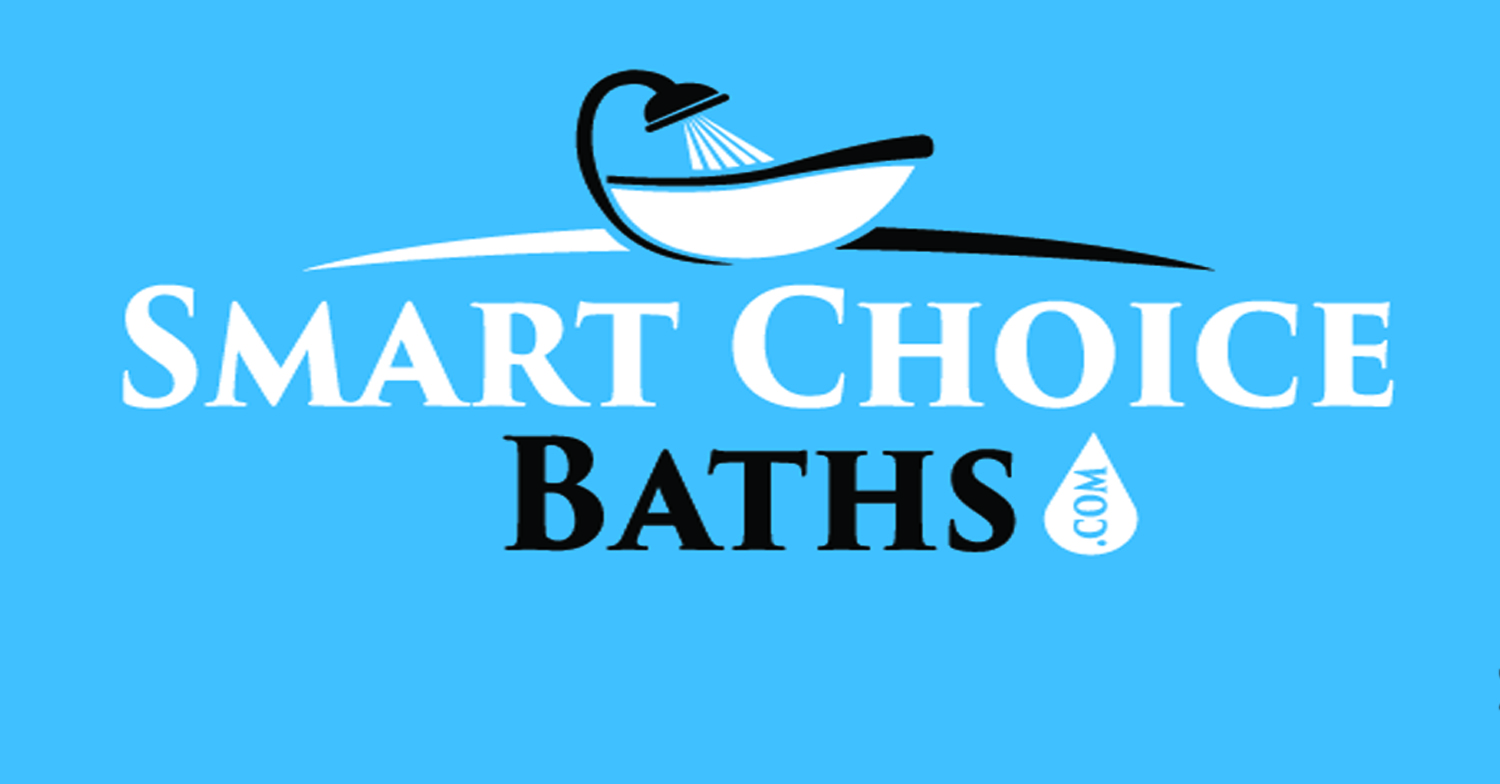The Ohio Department of Education (ODE) recently released the 2023 Ohio School Report Card, which assesses every school district in Ohio. They did note, however, that “report cards are only one part of Ohio’s education story. To get a more complete picture, it is essential to visit schools, talk to educators, parents and students, and review school or district websites.”
This year, it updated the star-based system that has been used over the past few years, which replaced a letter grade rating. The update breaks down the ratings into half-star increments.
The overall rating scale that has now been implemented is as follows:
5 Stars: Significantly exceeds state standards
4.5 Stars: Exceeds State standards
4 Stars: Exceed State standards
3.5 Stars: Meets state standards
3 Stars: Meets state standards
2.5 Stars: Needs support to meet state standards
2 Stars: Needs support to meet state standards
1.5 Stars: Needs significant support to meet state standards
1 Star: Needs significant support to meet state standards
Each school was given an Overall Rating, as well as the following components: Achievement, Progress, Gap Closing, Graduation and Early Learning. The Overall component is a culmination of the remaining ratings. According to the ODE, “schools and districts receive points for each component based on their level of performance. The higher the performance, the more points earned. Two schools may receive a 5-star rating for their Achievement Component but earn a different number of points toward their overall rating if they fall at opposite ends of the 5-star range. Once the component ratings are assigned points, the points are weighted based on the percent that each contributes to the overall rating using the weights in the tables below. The weighted points are then summed to determine the overall rating.” The following is the weight percentage, toward the overall rating: Achievement, 28.601%; Progress, 28.601%; Graduation Rate, 14.266%; Gap Closing, 14.266% and Early Literacy, 14.266%.
The following are the descriptions by the ODE of each component:
-Achievement:
“This component represents whether student performance on state tests met established thresholds and how well students performed on tests overall. The Performance Index Measure uses the performance level results for students in grades 3 through high school on Ohio’s State Tests. The Performance Index score accounts for the level of achievement of every student, not just whether they score a proficient level on the tests. Each test a student takes is assigned an achievement level based on the test score, with higher scores resulting in higher achievement levels. While all achievement levels are included on the Performance Index, higher achievement levels receive larger weights in the calculation.”
– Early Literacy:
“The Early Literacy Component measures reading improvement and proficiency for students in kindergarten through third grade. This component includes three different unrated measures that help provide a more complete picture of literacy achievement in schools and districts. The three measures are combined to create a single rating for the Early Literacy Component. The Proficiency in Third Grade Reading Measure reports how many students score proficient or higher on the reading segment of Ohio’s State Test for grade 3 English Language Arts. It is important to note this score is separate from reaching proficiency overall on Ohio’s State Test for grade 3 English Language Arts. The Promotion to Fourth Grade measure reports the percentage of students in the third grade who were promoted to the fourth grade. The Improving K-3 Literacy Measure uses two consecutive years of data to evaluate how well schools and districts are providing supports to help struggling readers become on track with their reading.”
– Graduation:
“The four-year graduation rate applies to students in the Class of 2022 who graduated within four years. These are the students who entered ninth grade in the fall of 2018 and graduated by the summer of 2022. This rate is calculated by dividing the number of students who graduate in four years or less with a regular or honors diploma by the number of students who form the final adjusted cohort for the graduating class. The five-year graduation rate applies to students in the Class of 2021 who graduated within five years. These are the students who entered ninth grade in the fall of 2017 and graduated by the summer of 2022. This rate is calculated by dividing the number of students who graduate in five years or less with a regular or honors diploma by the number of students who form the final adjusted cohort for the graduating class. The resulting graduation rates are multiplied by the weights established in state law to create a weighted graduation rate. The four-year graduation rate is weighted at 60%, and the five-year graduation rate is weighted at 40%. The weighted graduation rate is the value used to determine the Graduation Component rating.”
– Progress:
The term “value-added” refers to a statistical analysis used to measure the impact of districts, schools and teachers on the academic growth (or progress rates) of groups of students from year to year. Academic growth is measured by looking at the current achievement compared to prior achievement results on Ohio’s State Tests. For the 2022-2023 report cards, the department will weigh the most recent year of the progress measure at 67% of the component rating and 33% of the prior year available.
– Gap Closing:
This measures Gifted Performance Indicator, Chronic Absenteeism Improvement Indicator, English Language Proficiency Improvement Indicator, Graduation Goals by Student Subgroup, English Language Arts, Math Achievement by Student Subgroup, and Math Progress Growth by Student Subgroup.
The following is how North Royalton School District scored:
Overall – 5 stars
Achievement – 5 stars
Progress – 5 stars
Gap Closing – 5 stars
Graduation – 5 stars
Early Learning – 4 stars
By GLORIA PLEVA KACIK
Contributing Writer














